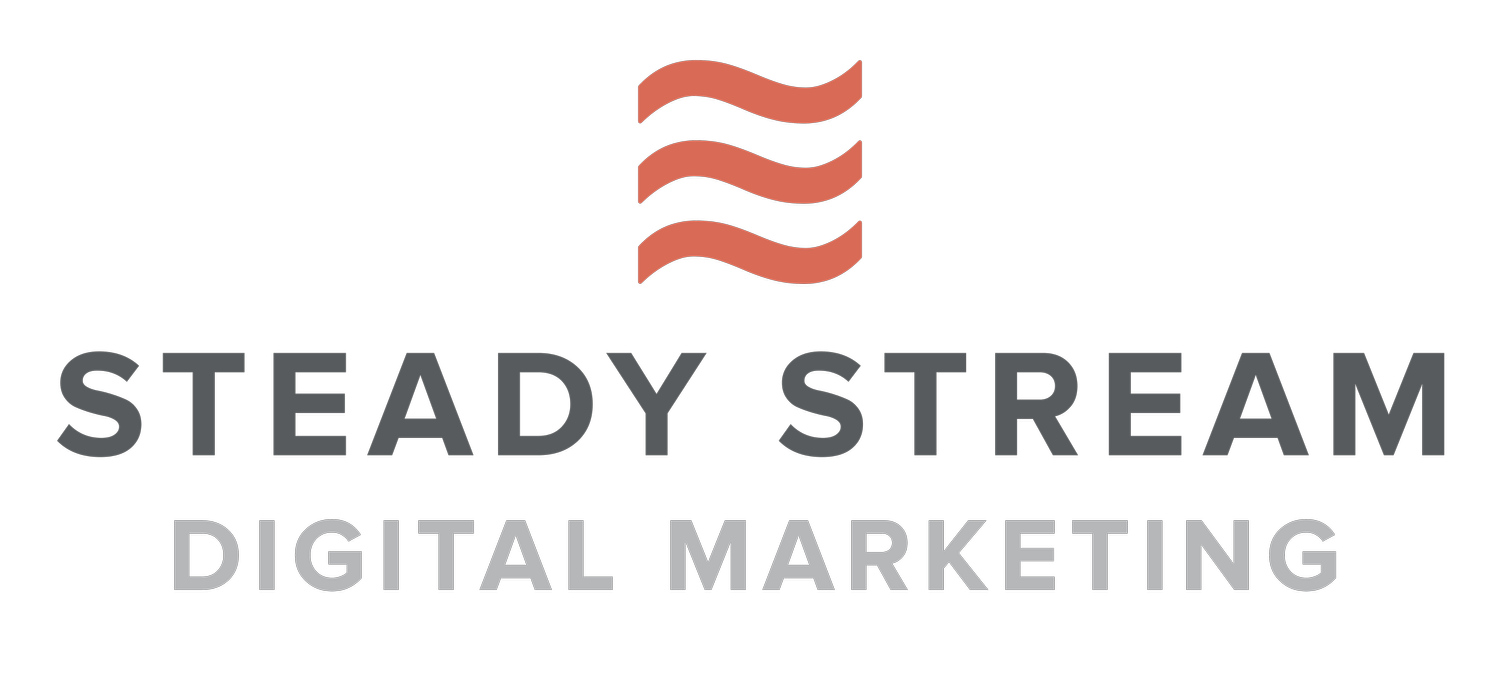How to avoid AI writing detection (hint: it involves humans!)
By Daniel Reid
There was a time when the writing world seemed black and white. You could read a piece and know: this was written by a human. The AI revolution came, and suddenly, AI-generated content was clunky and easy to spot. No need for fancy detection tools—the uncanny stiffness in tone gave it away. Fast forward to today, and AI is so good at mimicking human patterns that the line has blurred. Now, not only does it sound convincingly human, but it has also sparked a new question: does it matter?
For content creators, businesses, and anyone in the SEO game, the answer is a cautious yes. Not because AI content is inherently bad—it’s improved leaps and bounds—but because what matters most is what Google thinks. And if Google is likely using AI detection tools to assess content, we need to pay attention.
Why Google’s perception matters
While Google may not explicitly penalize AI-generated content (at least for now), it’s still essential to think about user experience and search engine standards. Quality content is key. If AI detection tools are part of how search engines assess content authenticity, then staying ahead means understanding how these tools work.
Google prizes content that provides value, engages users, and keeps them on the page. Human-written content, infused with real experiences, anecdotes, and personality, has a special way of doing this. Sure, AI can sound human, but it’s often missing that spark of genuine voice. Your job? Lean into the messy, imperfect, beautifully human way of writing.
The unexpected twist: human writing can get flagged as AI, too
As a writer, I've always approached AI writing tools (and conversely AI detection tools) with a mix of curiosity and skepticism. After all, the ChatGPTs of the world seem poised to challenge the very essence of what I do. But recently, my confusion reached new heights. I decided, for fun, to run an old blog post I wrote in 2020—well before AI content tools took off—through a popular AI detection program often used by academic institutions. The result? It flagged my own words as 97% AI-generated. I didn’t know whether to laugh, cry or dig under my skin to look for the machine parts. Seeing your own work flagged as AI, written by nothing but your hand and mind, feels like a betrayal and an insult to your ability. It makes you ask yourself a whole lot of questions like “Is AI as good as me?” or “Am I as bad as AI?”
Why does this happen? AI detection tools aren’t perfect. They rely on algorithms that pick up on patterns, word choices, and sentence structures that may look suspiciously AI-generated. Ironically, the better your writing—clean, well-organized, and polished—the more it risks being flagged.
Using AI detection tools to your advantage
Even human-written content can look suspiciously AI-like to detection tools. That’s where tools like ZeroGPT come in handy. These detectors aren’t just for AI policing; they’re for calibration. Run your human-written piece through a detection tool to see if certain sections are flagged. It’s a way of catching those “too-perfect” moments that might raise digital eyebrows (or, at very least, Google’s eyebrow—and that’s pretty much the main eyebrow we are worried about these days).
If the tool highlights parts of your work, revise those sections with a lighter, more conversational tone. Break up longer sentences. Add a question. Use words that make readers feel like they’re hearing from a person and not an algorithm. The goal isn’t to trick the detector but to ensure your writing reflects a natural cadence that’s undeniably human.
Embracing imperfection
One of the most telling differences between AI and human writers is imperfection. AI tends to polish content until it gleams—sometimes too much. But human writing can be dynamic, filled with unexpected phrases and emotional nuances. It’s okay if a sentence isn’t perfectly efficient or if your narrative takes a slightly winding path. Readers don’t just come for facts; they come for a journey.
Lean into that. Let your writing breathe. Use metaphors, occasional slang, or a sudden change in tone. Make your readers feel like they’re sharing a conversation with you. And, when necessary, check your content against AI detection tools, not as a final judge, but as a checkpoint to keep your writing grounded in human touch.
The importance of human touch in content
So, how do you keep your work unmistakably human? It starts with authenticity. When AI-generated text lacks depth, it often shows up in subtle ways: repetitive phrases, overly structured sentences, or a predictable rhythm. To combat this, aim for content that reflects your unique voice. Share personal stories, insights, and reflections—elements that give your writing the distinct “human” flavour.
Humans write with quirks. We throw in a short, punchy sentence after a long one. Just because. We might use a colloquial phrase or ask a question midway through a paragraph. You know what I mean? This unpredictability makes content engaging and relatable, and it’s something even the most sophisticated AI struggles to fully replicate.
The bottom line
AI is here to stay, but so is the value of human creativity. The way forward isn’t about avoiding AI but making sure your work stands out as authentic and human. Use detection tools like ZeroGPT as guides, not as gatekeepers. Create content that’s real, relatable, and reflective of you. And if, one day, your own writing is flagged as AI? Well, that’s just a reminder of how far we’ve come—and a call to write even more boldly.
PS: ZeroGPT says this article contains 1.54% AI written content.

